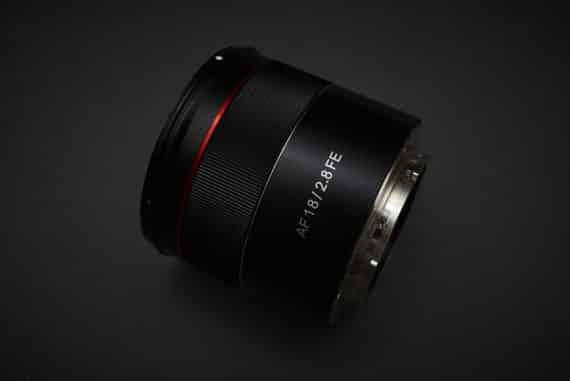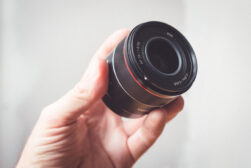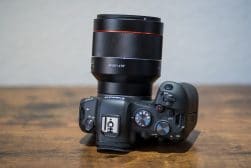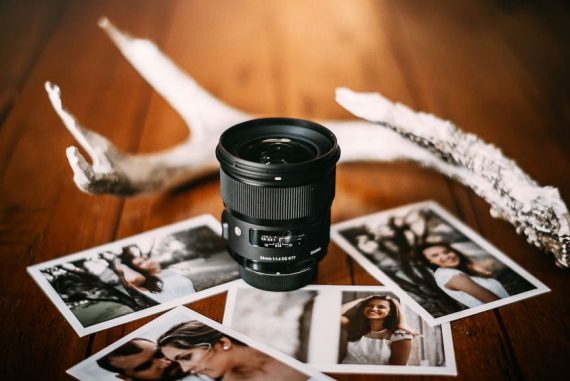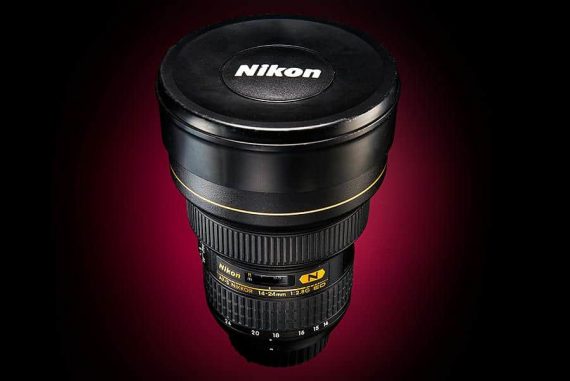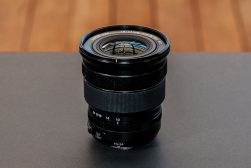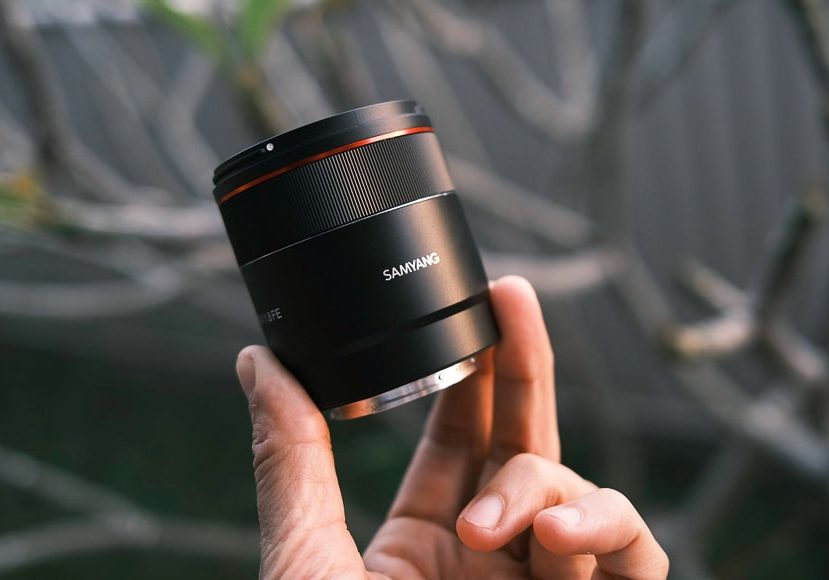
Samyang 24mm f/1.8 FE Lens Review
This is a review of the Samyang AF 24mm f/1.8 FE, an affordable Sony e-mount wide-angle lens designed for astrophotography but useful for all genres.
By Mark Condon
This is a review of the Samyang AF 24mm f/1.8 FE, a compact, lightweight wide-angle lens designed for Sony e-mount cameras.
It’s designed for landscape and astrophotography photographers, but can be used for any type of photography.
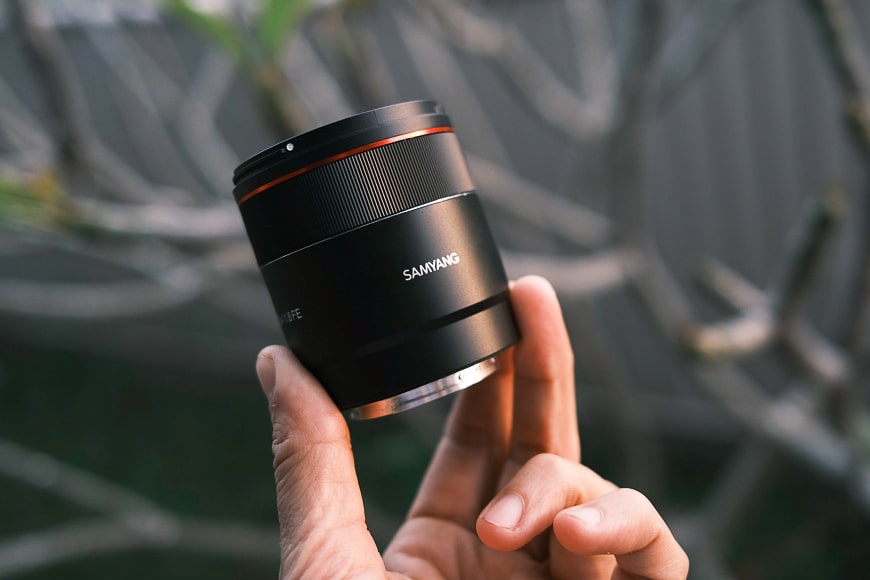

Lightweight & compact with great image quality and unique astro features. Excellent value for money.
Samyang (Rokinon in North America) is known for producing high-quality optics at affordable prices.
However, is the 24mm f/1.8 FE any good? Or should you be spending more for the Sony equivalent, despite being over double the price?
Let’s take a closer look at it in our review.
Samyang 24mm f/1.8 FE Specs
- Compact & lightweight
- Excellent value for money
- Well made (weather-sealed)
- Fast, quiet autfofocus
- Very sharp
- Great flare control
- Great bokeh
- Unique astro features
- Lack of in-camera correction
- Slight barrel distortion
- Firmware updates/customization requires Lens Station
- Aperture Range: F1.8 ~ 22
- Lens Optical Construction: 11 Elements in 8 Groups
- Minimum Focusing Distance: 0.19m (0.62ft)
- Magnification Ratio: 0.21x
- Diaphragm Blades: 9
- Filter Size: 58mm
- Maximum Diameter: 65mm
- Mount: Sony FE
- Angle of view: Full Frame 83.7˚ APS-C 60.9˚
- Length: 71.5mm / 2.8in
- Weight: 230g / 8.1oz
Build & Ergonomics
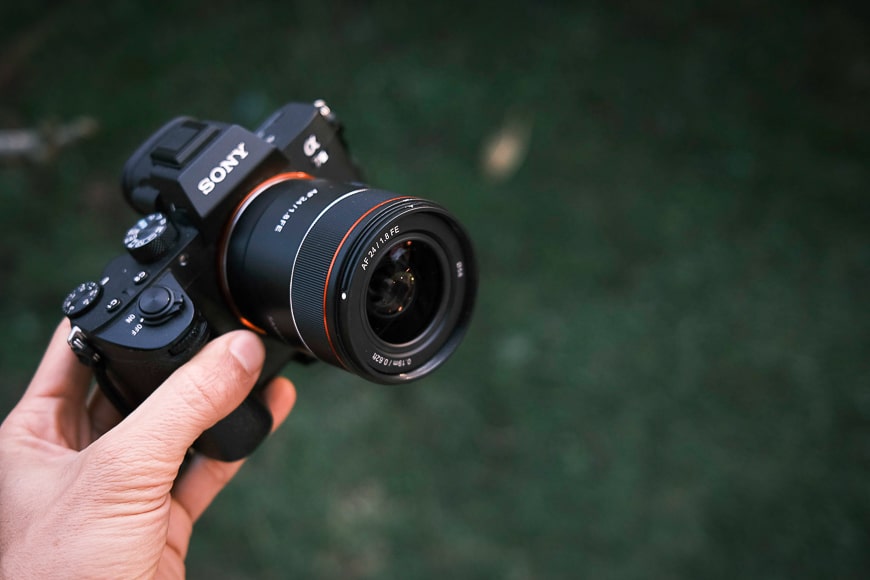
The 24mm f/1.8 FE is part of Samyang’s ‘Tiny’ range of lenses. While I wouldn’t refer to it as ‘tiny’ per see, it’s definitely refreshingly small and lightweight, much like the Samyang 35mm f/1.8.
f/1.8 seems to be a sweet spot for consumers wanting fast, affordable glass in compact, lightweight body. This is the case for Sony’s ever-expanding range of f/1.8 lenses, of which I already own and love the 35mm and 85mm. However, there’s currently no Sony 24mm f/1.8.
Enter the Samyang to fill the gap! It feels good in the hand and balances perfectly on any Sony full frame or crop sensor body.
(While it’s designed for a full-frame sensor, it can equally be used on any Sony a-series crop sensor body at a 36mm equivalent focal length.)
At only 230g / 8.1oz, the Samyang 24mm f/1.8 is a joy to use. I’m a huge fan of small and light lenses, despite the temptation of the convenience of f/2.8 zooms and the background-melting abilities of exotic f/1.4 primes.
The first lens I want to grab for everyday use is something small and light, and the Samyang fits this bill perfectly.
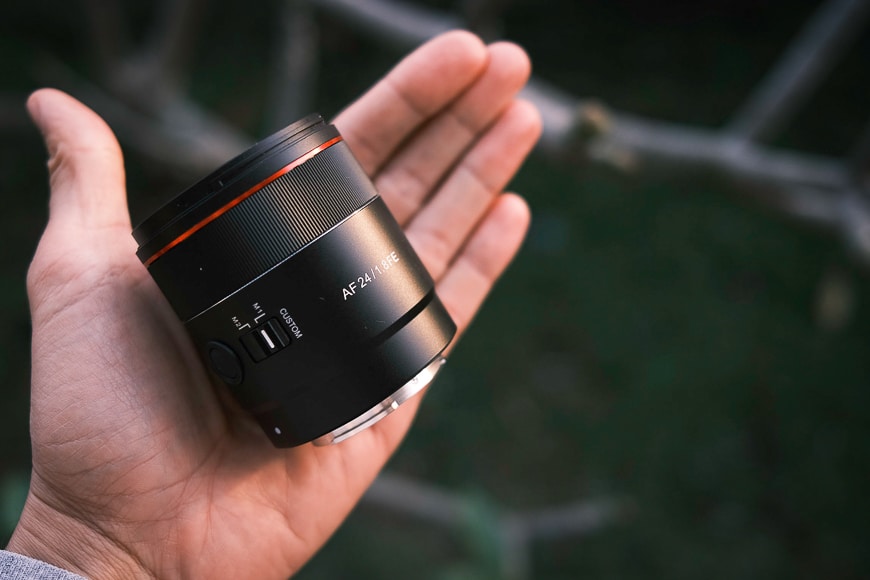
As for looks, everything is nice and minimal with a smooth satin finish to the body. The red (Canon?!) ring that adorns Samyang lenses always strikes me as a bit odd, but it matches the Sony Alpha branding, I suppose.
On the side of the lens barrel is a Custom Switch and a Focus Hold Button.
While the body is entirely plastic, it doesn’t feel cheap in the hand. There’s weather sealing at the lens mount gasket, button and switch, meaning you can use the Samyang 24mm in all conditions.
Focus Performance

I found focus to be excellent in all conditions for stills photography, and equally good for video.
24mm can be used easily for vlogging – your camera held towards you at arm’s length gives the viewer a nice perspective, showing the vlogger’s face and an adequate amount of background.
In video mode with face tracking and continuous AF enabled, the Samyang 24mm f/1.8 does a great job at keeping up with movement. When focusing using single point mode, it’s equally snappy.
Since this lens is designed for astrophotography use, AF speed isn’t so relevant (astrophotographers will almost always use manual focus), but it’s nice to see AF performance is still great for all photography uses too.
We’ll talk more about the specific astro features of this lens in a moment…
Image Quality

Bokeh looks best if the background is plain and undistracting.
This is one sharp mofo of a lens! The first shots I took with it of my kids blew me away when I zoomed in to 100% – I actually thought I’d accidentally turned on some kind of in-camera JPEG sharpening setting by accident!
I’ve found that Sony f/1.8 lenses to be equally razor-sharp, so it’s nice to see that Samyang it’s continuing the trend… albeit at a lower price point.
Wide-open at f/1.8, the Samyang 24mm performs really well – very sharp and contrasty. Stopping down the lens to the smaller apertures gave no issues in terms of image quality degradation.
Being a wide-angle lens, however, there is a small amount of barrel distortion and vignetting in the corners, but nothing that can’t be corrected with one-click (or an import preset) in post.
Chromatic aberration seemed to be non-existent, and it handles flare quite well – if you shoot directly into the sun, you’ll be able to get some flaring streaks if you really want them – I usually do.

Flare example at f/1.8.
As for bokeh, typically with f/1.8 lenses of all brands I’ve found it to be something of a mixed bag, and the same is true with the Samyang 24mm – sometimes it’s amazing… other times, it’s a little messy.
Without the extra blades of a faster f/1.4 lens to ‘smooth out’ the out of focus areas, I find that f/1.8 struggles with any photo which includes a visually distracting background full of multiple thin elements (such as tree branches). Everything seems a bit ‘crunchy’.

Distracting bokeh example at f/1.8.
However, put your subject a bit further from the trees, or choose a less ‘busy’ background, and f/1.8 can look sublime.
Unique Features
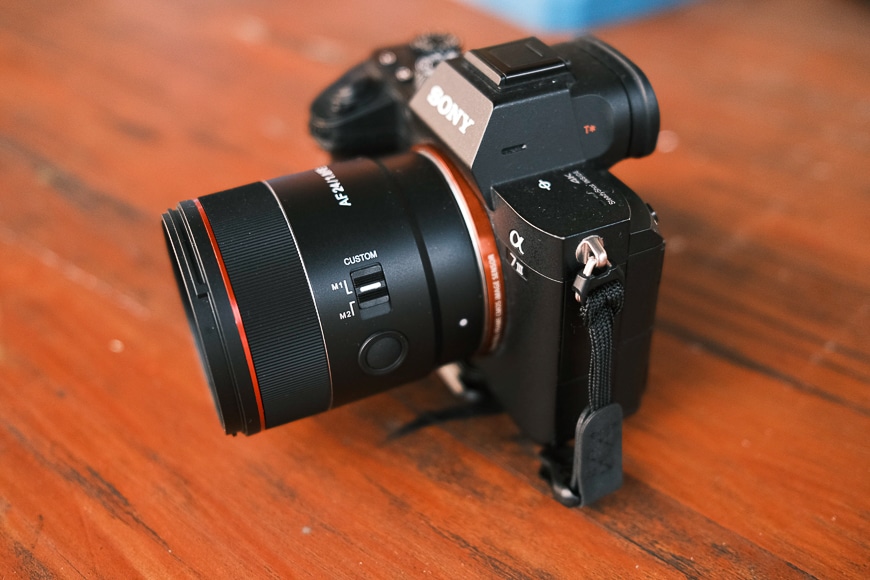
The Samyang 24mm f/1.8 FE is marketed as a ‘masterpiece for astrophotography’, and as such, offers a unique feature that can help you get better pictures of the stars.
If you hold the focus button down when powering the camera on, the lens enters a magical ‘star-shooting-mode’, with a small LED on the barrel turning from red to green to show that the magic has been enabled! Ooooh…
Magic mode means that the lens is automatically set to the optimal distance for shooting stars and the night sky (basically infinity focus), and manual focus is engaged.
If you want to make tweaks to the focus by twisting the ring, the LED will change from green back to red to let you know, just in case you’d accidentally bumped the ring or one of your photo buddies has stitched you up, etc. Then you can tap the focus hold button to reset everything back to infinity focus.
You can even manually adjust that infinity position if you’re confident, with the calibrated value being saved in the ROM of the lens – yes, this lens even has an onboard memory, dammit!!
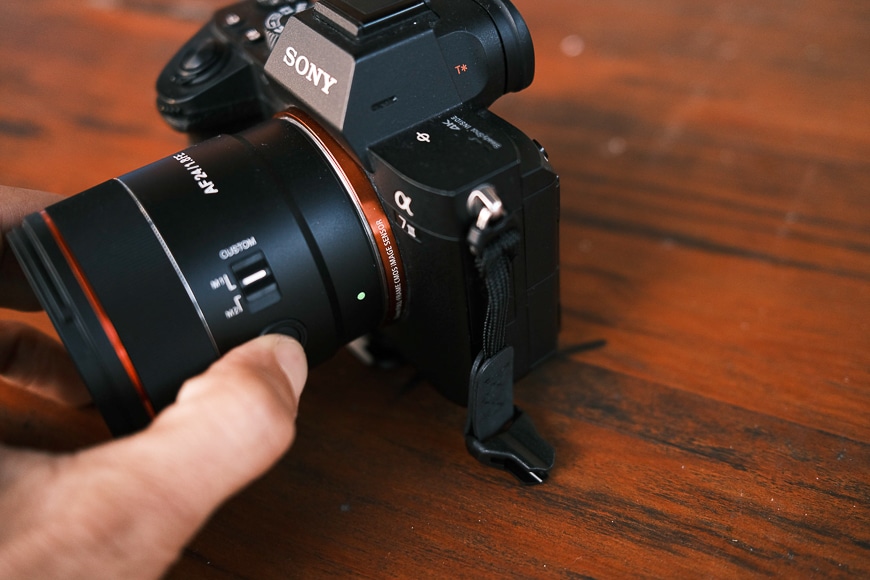
LED light alternates from off to red to green
Now, you might be thinking, isn’t this just the same as switching your lens to manual focus and twisting the ring to infinity? Surely that can be done in less than a second without any need for this Samyang magic?! Well, yes and no.
You see, you can do that once easily enough, but as soon as you turn your camera off, the focus resets. Having to do it multiple times can get annoying. It’s a small thing, yes, but for astrophotographers, this is a great feature.
As I never usually shoot astrophotography, the process of holding down a button when switching on the lens was a novelty, but I can see that if you use the feature regularly, holding it down would become second nature in your shooting workflow.
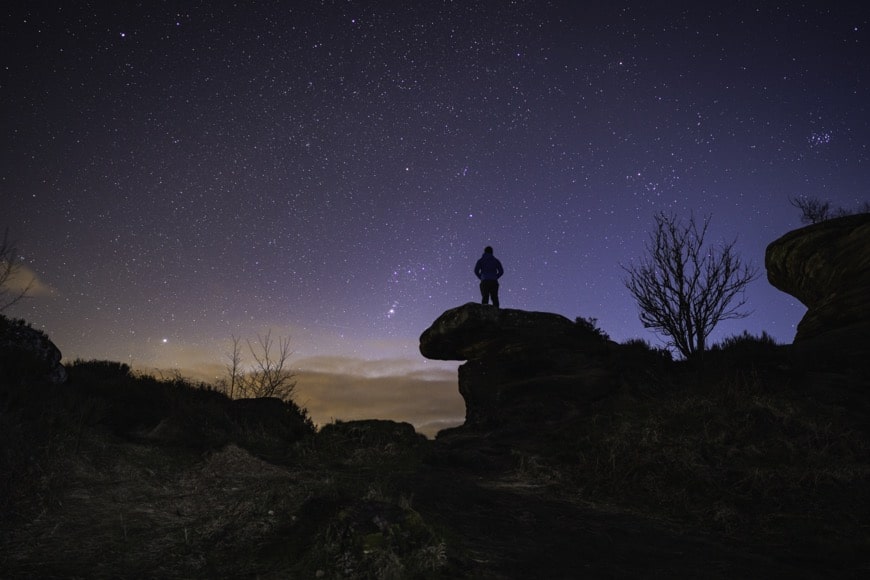
Credit: Howard Burrows
You can also program the button to serve other functions in the Sony camera settings, and the custom switch allows you to interact with the focus ring in different ways too.
The caveat is that leaving it in position 1 basically does nothing – I’d expect it to switch the camera into manual focus mode (as is the case with most other non-Samyang lenses), but you still have to select manual focus mode within your camera menu.
As I understand it, you need a separate Samyang Lens Station and the LensManager software to make this happen, and that costs an extra $59 which is a bit annoying, especially if you don’t plan on getting more Samyang lenses. You also need it for any firmware updates.
Switching the custom switch to position 2 allows you to control your aperture with the focus ring, which is particularly great for video shooting since everything can be operated silently.
Samyang 24mm f/1.8 FE Sample Images
Here are some more sample images taken with the Samyang 24mm f/1.8 FE at various apertures, all using a Sony a7III.




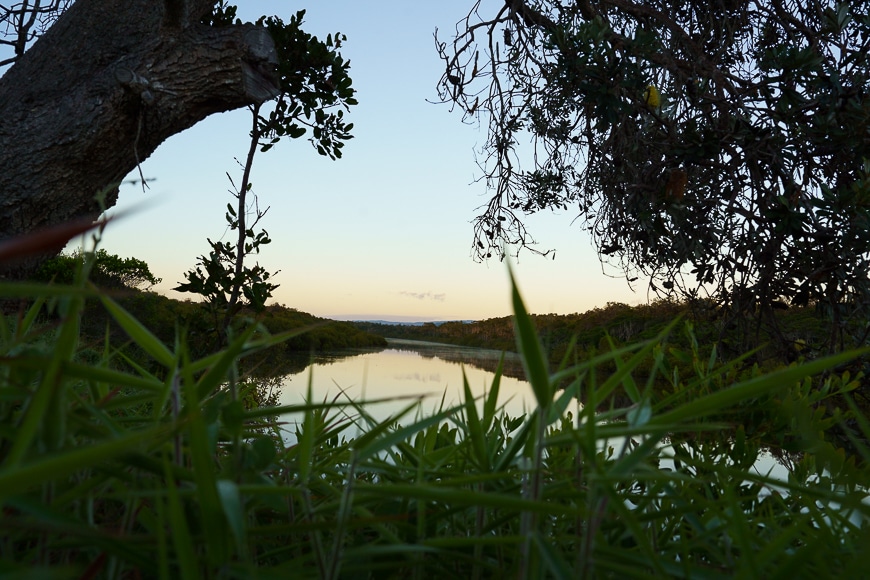


Alternatives
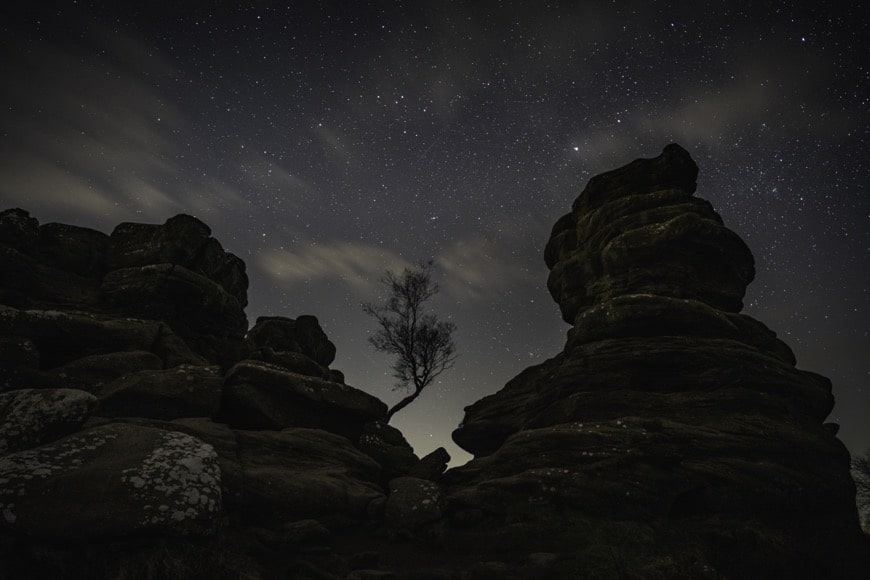
Credit: Howard Burrows
There are plenty of other 24mm lenses available for Sony FE full-frame cameras here in 2023.
While build quality obviously varies depending on the price point, another big factor contributing to the cost of the 24mm lens (aside from the brand name) is the maximum aperture offered by the lens.
The excellent Sony FE 24mm f/1.4 G Master, for example, is around $1,400, while the Sony FE 24mm f/2.8 G is around $600.
Some third-party brands also offer 25mm lenses, such as the Zeiss 25mm f/2.4 Loxia and Laowa 25mm f/2.8 2.5-5x Ultra Macro.
The closest alternative to the Samyang 24mm f/1.8 FE is the Sony Sonnar T* E 24mm f/1.8 ZA, which comes in at around $1,100 (check the latest price here).
While we haven’t done a side by side comparison in this review, it’s safe to say that very few people will benefit from spending double the amount of the Samyang to get the Sony version.
One final alternative is one of my favourite Sony lenses – the Sony 28mm f/2. Although you’ll lose 4mm vs the Samyang, it’s directly comparable in size, weight and cost (check the latest price here).
Value for Money
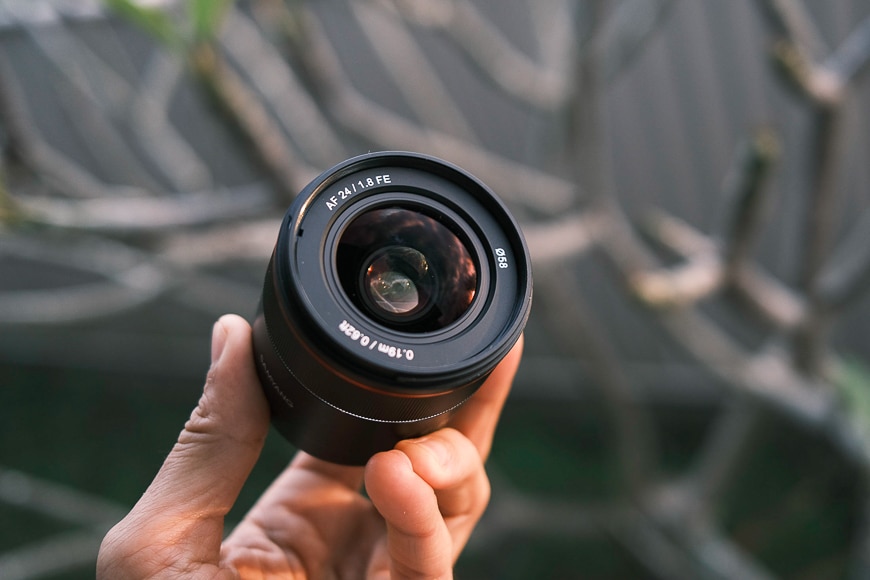
Let’s face it – this is the main reason photographers look to Samyang and other 3rd party lenses – they’re cheap as chips!
Fortunately, the Samyang 24mm f/1.8 is more than just a bargain lens.
In the absence of any real competitor at this price point, this lens really is in a class of its own. As mentioned before, the Sony equivalent is over twice the price… and despite being an excellent lens, the price difference is very hard to justify.
If you need a 24mm lens for your Sony Alpha camera and don’t require f/1,4, just get this and you’ll be happy as Larry.
It’s amazing value for money, offers weather-sealing, a unique feature that’s genuinely useful to astrophotographers, and punches way above its weight in image quality. It’s a real all-rounder, and highly recommended.
Samyang 24mm f/1.8 Review | Conclusion
So all in all, two thumbs up for this pocket marvel of a lens.
If you’re an Sony-camera-owning astrophotographer on a budget, the Samyang 24mm f/1.8 is a no-brainer.
If you just fancy adding a wide angle lens to your arsenal for any other variety of photography, it’s hugely tempting too.
Personally, I’ve always wanted a 24mm lens but shied away from the bulkiness of the f/1.4 offerings. The Sony 28mm f/2 has been a great alternative, but I’ll probably sell it now I have this Samyang,
(28mm vs 24mm may only be 4mm, but it is noticeable, particularly when vlogging.)
As for the fancy internal memory/LED lighty-uppy thing that I thought I’d never use, well maybe it might encourage me to get outside at night more to shoot pretty pictures of the stars.
Bravo, Samyang 👏


Lightweight & compact with great image quality and unique astro features. Excellent value for money.





